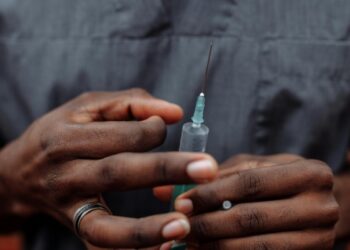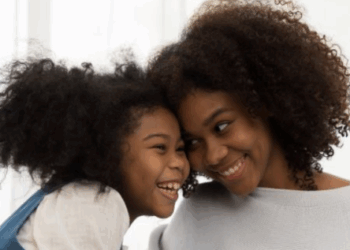Ear piercing is a rite of passage for many children. However, there are many things that parents should consider before taking that step. So, before you set foot into a mall or a studio, here are a few things, from the experts, that you want to know before piercing your child’s ears.
What is the best age to get your child’s ears pierced?
The best age to get your child’s ears pierced all boils down to consent. The experts at Parenting.com, many physicians, and piercing experts as well, all agree that infants and toddlers should not be pierced “as they cannot decide if this is something which they want.” It is also recommended that you should really consider if you even want to pierce younger children’s ears as they “may be unable to handle cleaning responsibilities.” Your best bet is to wait until the child is physically, mentally, and emotionally ready to have their ears pierced.
What is the best material for initial piercing earrings?
Although there are many earrings that say that they are “safe” for pierced ears, Initial piercings are a bit different because the body is trying to heal. Earrings made from stainless steel, titanium, gold, and niobium are most frequently found to be better for initial piercings than other types of materials. Parents must make sure that the earrings are sterilized and compatible with the child’s body to not cause allergy or serious infection.
According to the Association of Professional Piercers (APP):
“Some metal alloys (mixtures) have been approved based on medical usage (often as medical implants) and have specific designations that represent a precise standard for the alloy and its quality as determined by the American (now International) Society for Testing and Materials Standard (ASTM) and/ or the International Standards Organization (ISO). Other materials, such as gold and obsidian (natural glass) have a long history of use in piercings dating back hundreds—and sometimes thousands—of years.”

What about piercing guns…are they safe?
The answer is, no! Piercing guns are not safe for anyone, child or adult!
The APP states that, “Reusable ear piercing guns can put clients in direct contact with the blood and body fluids of previous clients. Piercing guns can cause significant tissue damage… [as] most ear piercing studs are quite dull. They also cause/work via blunt force trauma, and the length and/or stud which is used in a piercing gun is not appropriate for every client. Ear piercing studs are too short for some earlobes and most cartilage. Piercing guns can also compress the tissue, which inhibits healing.”
Bottom line, stay away from piercing guns!
Where is the best place to pierce your child’s ears?
Many piercing places at the mall use piercing guns, and if you should avoid them at all costs, then, where is a safe place to pierce your child’s ears? A body piercing studio or shop will be the best! But, do your homework first because even studios and shops are not a one-size-fits-all.
Per an article from John Hopkins Medicine, “A good piercing shop will make sure that everything is clean. That means you should see the person wash his or her hands, use hand sanitizer, or wear gloves before he or she starts the process. This person should clean your ears with a special soap that kills bacteria.”
If you still are having problems locating the best place for you, check with your child’s pediatrician for recommendations.

Is it infection or irritation?
Signs of infection after a piercing include: the area will (likely) be red, painful, swollen, and/or warm to the touch. Discharge from the ear may be seen that is dark yellow, green, or bloody. Additionally, the discharge usually has a foul odor. Also, a small, fluid-filled “pimple” can appear.
However, not signs or infection are infection and might just be an allergic reaction or an irritation. If you see any of these signs, contact your child’s doctor immediately. It is important not to diagnose these things yourself.
Looking for more information to help you make the decision on whether to pierce or not, click here.






